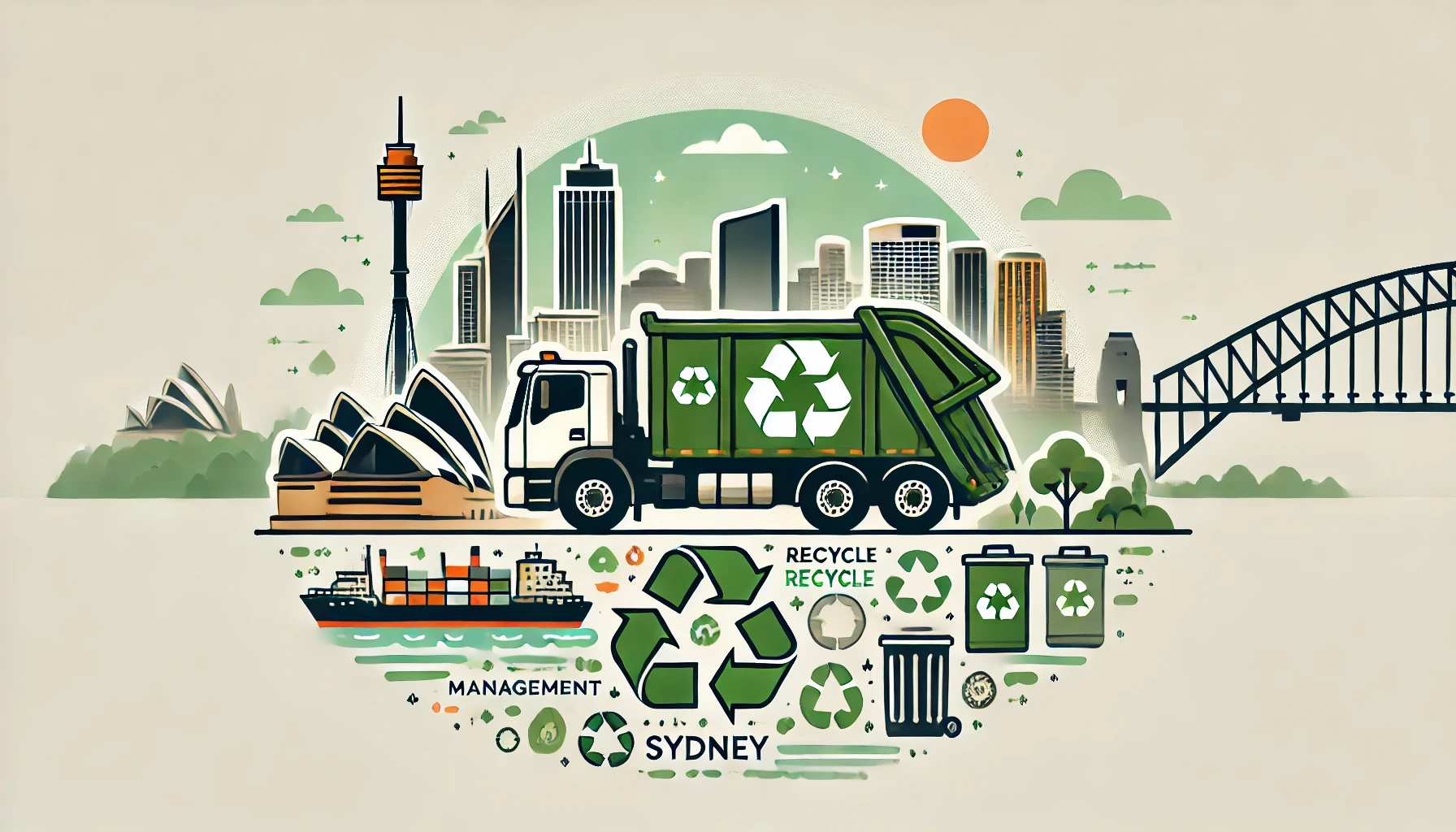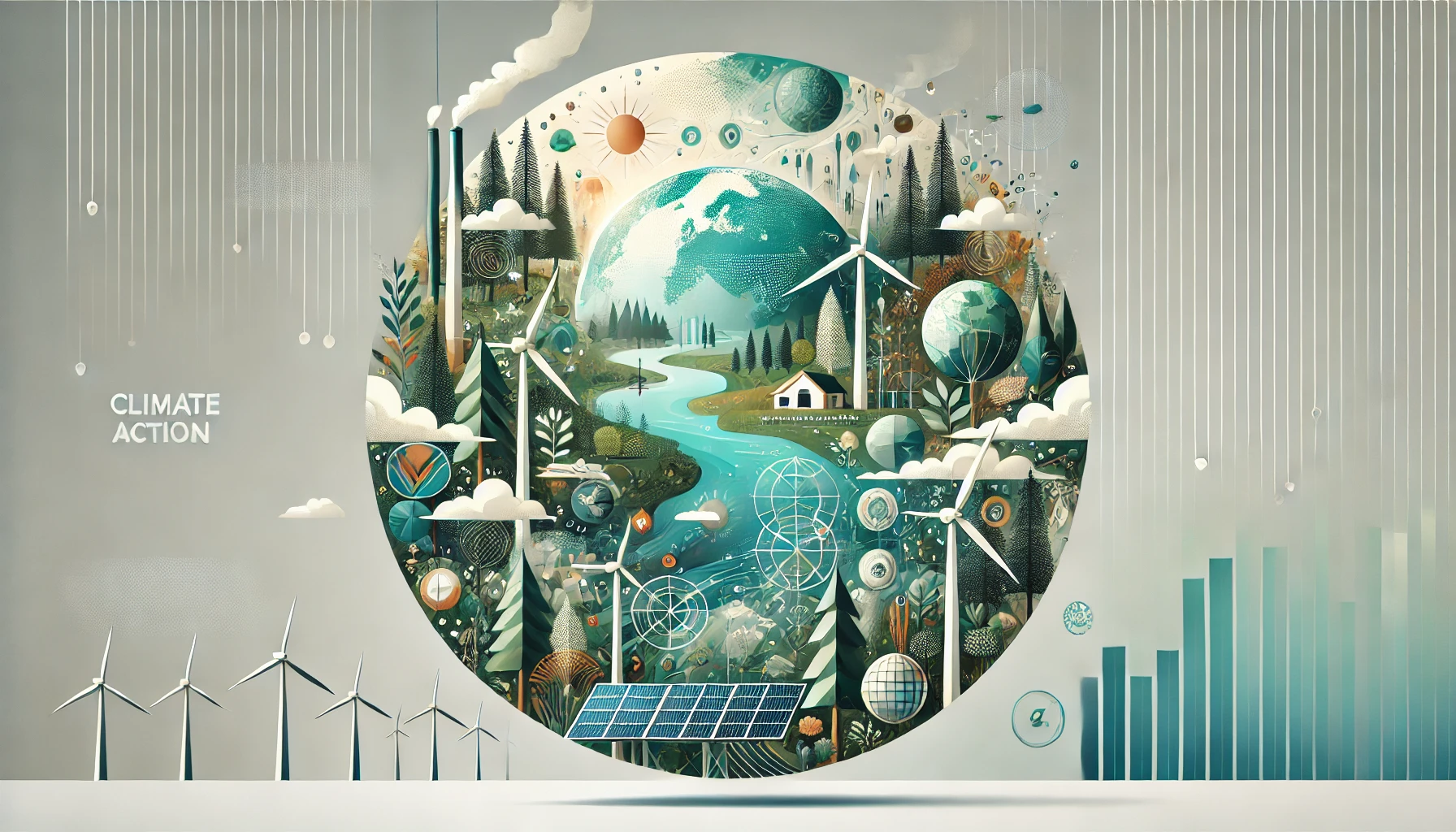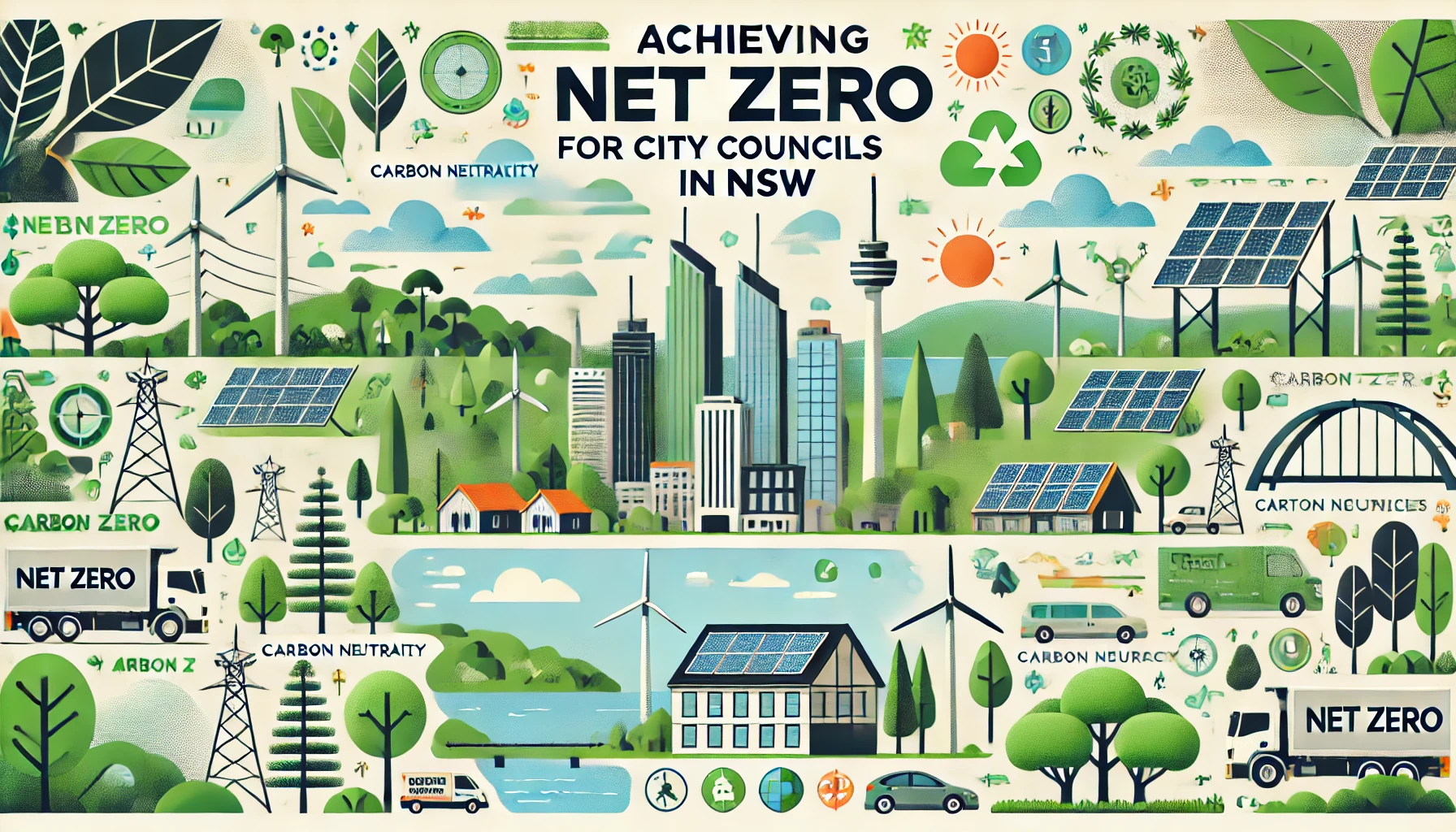Waste management in Sydney is a well-organised process that ensures household and commercial waste is collected, sorted, and either recycled, processed, or disposed of responsibly. Understanding where your waste goes can help you make better decisions to reduce your environmental impact and support sustainability efforts.
Here’s a closer look at the current processes happening in Sydney.
1. Waste Collection: Where It All Begins
In Sydney, households and businesses have their waste collected by local councils or private contractors. Waste is generally divided into three key streams:
- General Waste (Red Lid Bin): Non-recyclable waste that cannot be reused, composted, or processed.
- Recycling (Yellow Lid Bin): Items like paper, cardboard, plastics, metals, and glass that can be recovered and reused.
- Food and Garden Organics – FOGO (Green Lid Bin): Food scraps and garden waste that can be composted.
Councils collect these bins weekly or fortnightly, depending on the waste type and local area guidelines.
2. Transport to Waste Facilities
Once collected, waste is transported to specific facilities, depending on its type:
- Material Recovery Facilities (MRFs): For sorting recyclables like plastics, glass, and metals.
- Organics Processing Facilities: For composting food and garden waste.
- Resource Recovery Facilities: For processing general waste to reduce its volume before disposal.
- Landfills: For non-recyclable and residual waste that cannot be recovered or processed further.
Advanced waste transportation systems ensure minimal environmental impact during transit.
3. Recycling: From Yellow Lid to New Life
Recyclables from the yellow bin are taken to Material Recovery Facilities (MRFs), where they are sorted and processed:
- Paper and Cardboard: Shredded, pulped, and turned into new paper products.
- Glass: Crushed and melted into new containers or used as road base material.
- Plastics: Shredded, melted, and processed into pellets to create new plastic products.
- Metals: Aluminium and steel are melted down and reused in manufacturing.
Where Does It Go?
While most recyclables are processed locally, some materials, particularly plastics and metals, are exported for further processing. Sydney councils aim to improve local recycling infrastructure to reduce reliance on exports.
4. Organics: Turning Waste into Compost
For councils with FOGO programs, food scraps and garden waste from the green lid bin are sent to organics processing facilities. Here’s what happens:
- The organic waste is processed through controlled composting to create nutrient-rich compost.
- This compost is used for farming, landscaping, and in council parks and gardens, improving soil health and reducing the need for chemical fertilisers.
Why It Matters: Diverting organic waste from landfill reduces methane emissions, a potent greenhouse gas, while supporting a circular economy.
5. General Waste: From Red Lid to Resource Recovery and Landfill
Waste from the red lid bin (general waste) is currently sent to Resource Recovery Facilities before heading to landfill. These facilities play a critical role in reducing waste volume and maximising recovery:
- Composting Facilities: General waste often undergoes preliminary processing, where organic (putrescible) waste is separated and sent for composting. This reduces the overall waste volume significantly.
- Non-Putrescible Waste: After composting, the remaining non-recyclable materials (non-putrescible waste) are sent to landfills for final disposal.
Resource Recovery Facilities earn revenue by extracting value from general waste through composting and diverting recoverable materials, ultimately reducing the environmental and economic costs of waste management.
- Methane Capture Systems at Landfills: Decomposing residual waste in landfills generates methane gas, which is captured and converted into energy, further reducing the environmental footprint.
Why It Matters: This process supports resource recovery, reduces the volume of waste sent to landfill, and generates additional value through composting and energy recovery.
6. Does Waste-to-Energy Play a Role?
Currently, large-scale Waste-to-Energy (WtE) facilities are not yet operational in Sydney. However, the NSW Government is exploring WtE projects to process non-recyclable residual waste and generate energy.
- Landfill Gas Recovery: While WtE facilities are emerging, methane captured from landfills already generates renewable energy.
7. Hazardous and E-Waste: Special Handling
Hazardous and electronic waste (e-waste) cannot go into standard bins. Councils provide drop-off events and collection points for safe disposal of items like:
- Batteries, light bulbs, and electronics
- Chemicals, paints, and oils
These items are processed in specialised facilities to recover valuable materials or dispose of them safely without harming the environment.
8. Construction and Demolition Waste
Sydney’s construction sector generates significant waste, including concrete, timber, and metal. Much of this waste is diverted to:
- Recycling Facilities: Concrete is crushed and reused in road construction.
- Resource Recovery Centres: Metals and timber are recycled for use in other industries.
Efforts to promote circular economy practices are reducing the environmental footprint of construction waste.
The Circular Economy: Reducing Waste for a Sustainable Future
The NSW Government is actively promoting a circular economy—a system that minimises waste and maximises the reuse and recycling of resources. Key initiatives include:
- FOGO Programs: Diverting food and garden waste from landfill.
- Return and Earn Scheme: Recycling beverage containers for cash incentives.
- Investment in Local Recycling Infrastructure: Improving the capacity to process recyclables within NSW.
Conclusion
Sydney’s waste management system is focused on recycling, composting, and reducing the amount of waste sent to landfill. General waste undergoes resource recovery to minimise its impact, while recycling and organics programs support a more sustainable future.
By understanding the journey of our waste, we can all contribute to a cleaner, greener Sydney by reducing, reusing, and recycling. Small actions at home and work can make a big difference in building a sustainable tomorrow. 🌱


